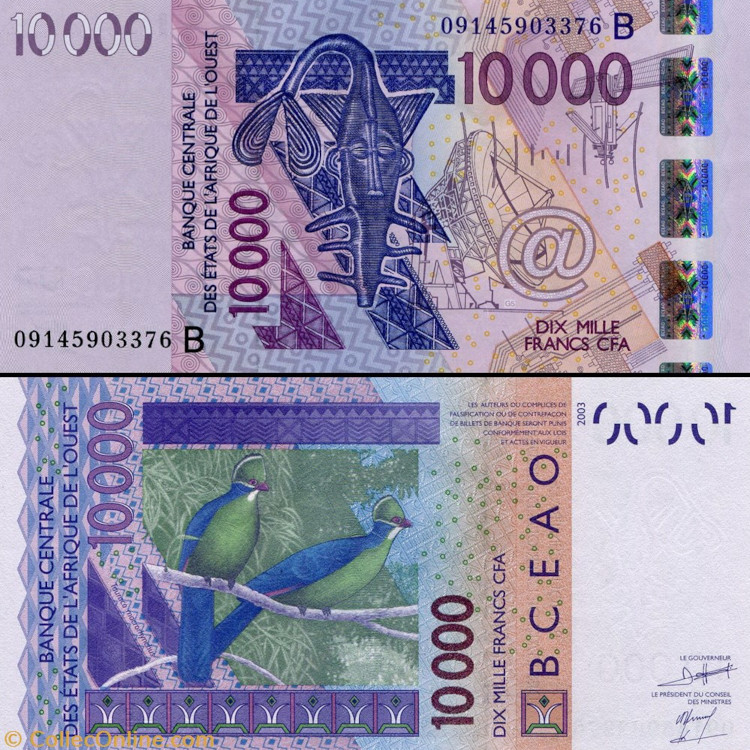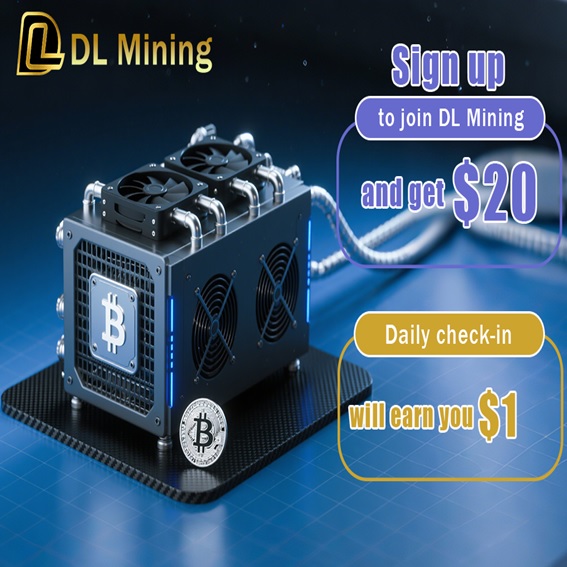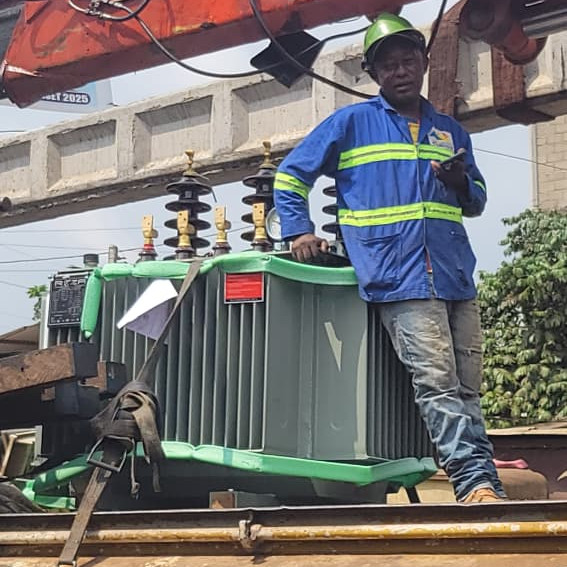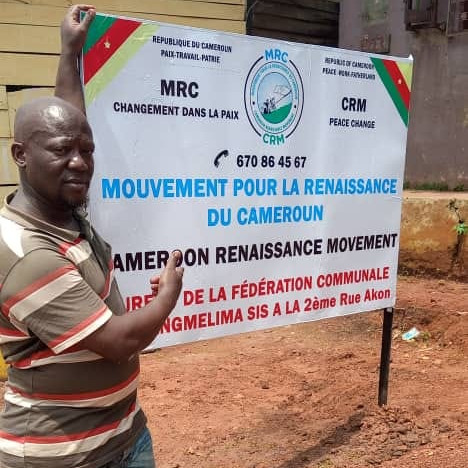
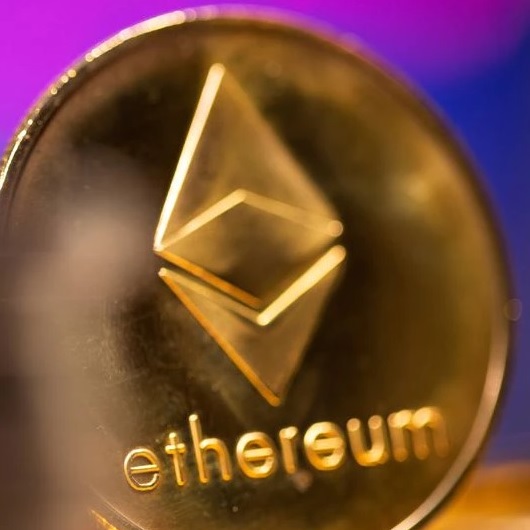
-
© Camer.be : Kemta
- 21 Nov 2023 07:03:31
- |
- 1874
- |
MONDE ENTIER :: How to Use Ethereum to Build a Decentralized Exchange (DEX) :: WORLD
Decentralized exchanges (DEXs) have gained popularity in recent years as they offer a more secure and transparent way of trading cryptocurrencies. With Ethereum's smart contract functionality, building a DEX is now easier than ever. In this article, we'll guide you on how to use Ethereum to build your own decentralized exchange. If you are new to crypto trading, explore various online trading platforms for a seamless trading experience. For instance, consider Immediate Coraldex, a platform that provides an intuitive and efficient trading environment.
Understanding Ethereum and Smart Contracts
Decentralized apps (dApps) can be created on the blockchain-based Ethereum platform utilizing smart contracts. Digital contracts known as "smart contracts" are those that automatically carry out when specific criteria are satisfied. There is no requirement for middlemen or intermediaries because they are self-executing and enforceable.
Solidity, a programming language created expressly for creating smart contracts on the Ethereum network, is used to create smart contracts. A smart contract becomes transparent and immutable once it is published on the Ethereum network. This implies that it cannot be altered or amended, and that anybody can inspect its code and transaction history.
Ether (ETH), a coin specific to the Ethereum network, is also used to cover network gas and transaction fees. On the Ethereum network-based decentralized exchanges (DEXs), ether is also accepted as a form of payment.
In general, Ethereum and smart contracts have changed the way we think about blockchain technology and decentralized apps, and they have created new opportunities for developing safe, open, and decentralized systems.
Setting Up Your Development Environment
Before starting the development process, you need to set up your development environment. You'll need to install the following tools:
- Ganache: A local blockchain for Ethereum development
- Truffle: A development framework for Ethereum
- Solidity: A programming language for writing smart contracts
- Metamask: A browser extension for interacting with Ethereum
- Designing the DEX
The first step in building a DEX is to design the user interface (UI) and the smart contracts that will power the exchange. The UI should be simple, intuitive, and responsive. The smart contracts should be designed to ensure that the exchange is secure, transparent, and efficient.
Designing the User Interface
The UI for a DEX should allow users to:
- Connect to their Ethereum wallet
- View their account balance
- Deposit and withdraw funds
- Buy and sell cryptocurrencies
- View their transaction history
Designing the Smart Contracts
The smart contracts for a DEX should include the following features:
- Order book: A list of all open buy and sell orders
- Trade matching engine: A system for matching buy and sell orders
- Balances: A system for managing user balances
- Order cancellation: A system for canceling orders
- Withdrawal: A system for withdrawing funds
Implementing the DEX
It's time to put the DEX into action when the UI and smart contracts have been created. The drafting of the smart contracts, their deployment to the Ethereum network, and their integration with the user interface are all steps in the implementation process.
Writing the Smart Contracts
The DEX's smart contracts should be created in Solidity. The Ethereum network uses the computer language Solidity to create smart contracts. The contracts should be created to guarantee the efficiency, security, and openness of the exchange.
Deploying the Smart Contracts
Once the smart contracts have been written, they need to be deployed to the Ethereum network. This can be done using Truffle, which is a development framework for Ethereum. Truffle makes it easy to deploy smart contracts to the Ethereum network.
Integrating the Smart Contracts with the UI
The smart contracts need to be integrated with the UI to create a functioning DEX. This can be done using web3.js, which is a library for interacting with Ethereum. Web3.js can be used to connect to the Ethereum network and interact with the smart contracts.
Testing the DEX
Once the DEX has been implemented, it's important to thoroughly test it to ensure that it's secure and functions as expected. Testing can be done using tools like Truffle and Ganache.
Conclusion
Building a decentralized exchange using Ethereum is now easier than ever. With the right tools and knowledge, anyone can create a DEX that's secure, transparent, and efficient. By following the steps outlined in this article, you can create your own DEX and contribute to the growing ecosystem of decentralized finance (DeFi).
Pour plus d'informations sur l'actualité, abonnez vous sur : notre chaîne WhatsApp
Lire aussi dans la rubrique SOCIETE
Les + récents
CAN 2025 LE GABON PERD SA DEUXIEME RENCONTRE DE LA COMPETITION
ZAMBO ANGUISSA RETOURNERA UN JOUR DANS LES LIONS INDOMPTABLES
L'aéroport, miroir d'une crise migratoire et d'un racket institutionnalisé
Paul Atanga Nji défend le bilan de Paul Biya et menace les critiques
Paul Biya et le Pape Léon XIV : une visite historique pour la diplomatie du Cameroun
LE DéBAT
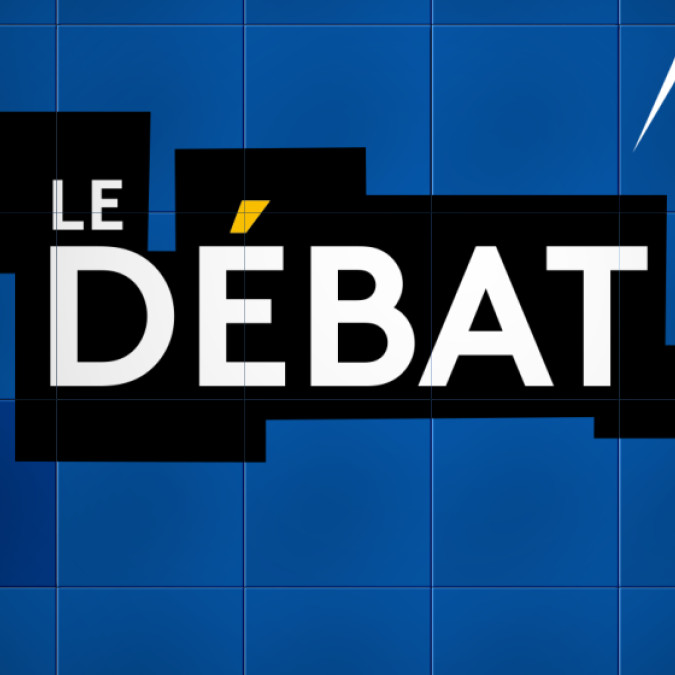



Afrique : Quel droit à l'image pour les défunts au Cameroun ?
- 17 December 2017
- /
- 220548

Vidéo de la semaine
évènement










